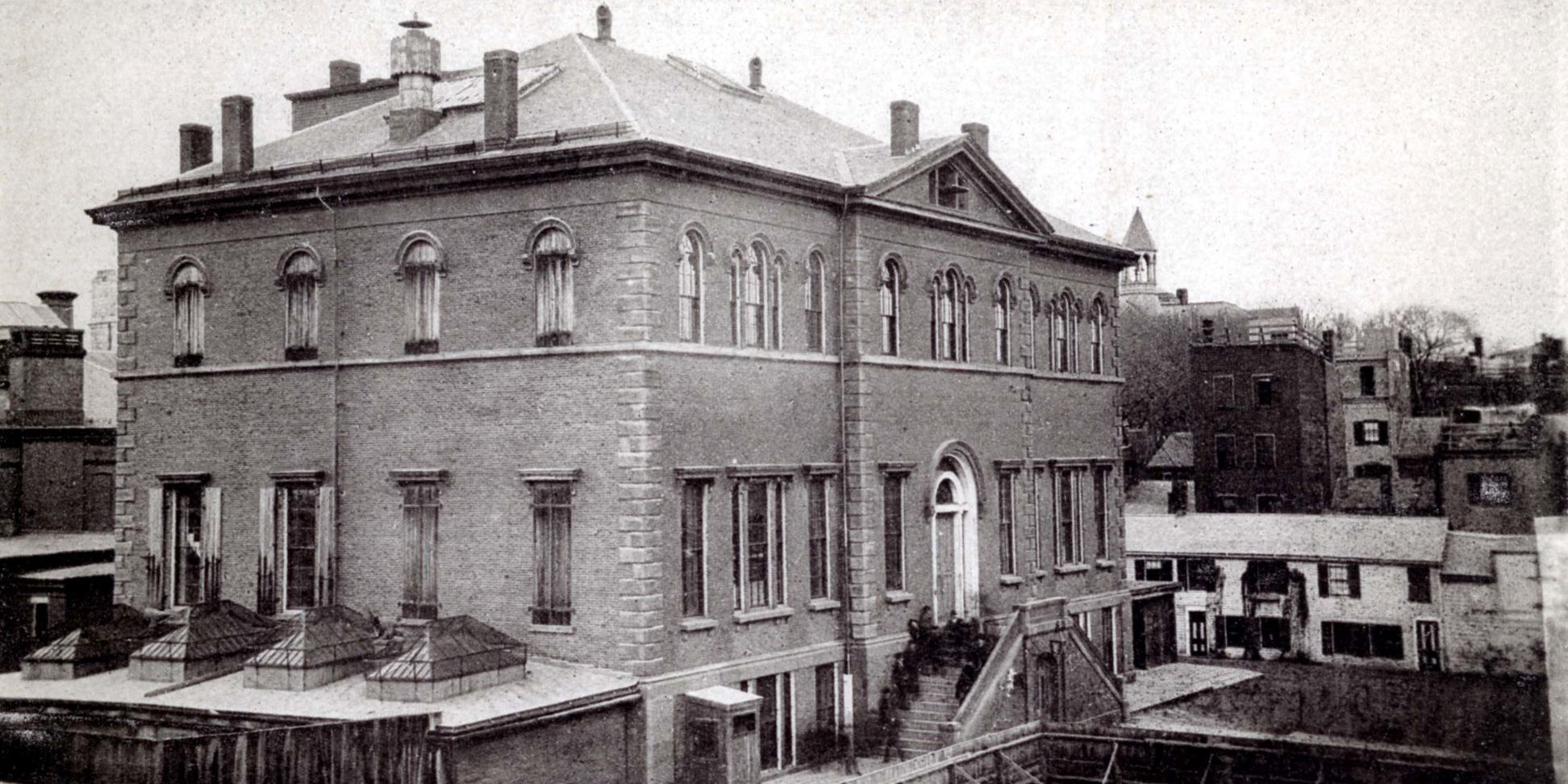The Parkman-Webster Murder Case
The 1849 murder of George Parkman in Boston stands as the most sensational case of its time, and the prosecution of John Webster is often described as the O.J. Simpson trial of the 19th century. This case had it all: a grisly murder, a wealthy victim, a respected suspect, a dubious lead witness and unorthodox court proceedings. Nearly 60,000 spectators were ushered through the Boston courtroom in 10-minute intervals. An all-out media blitz ensued, including journalists from Europe. Ultimately, the case spawned books, documentaries and even an iPhone app. To this day—more than 160 years later—Webster’s guilt is debated.
The Parkman-Webster Murder Case exhibit traces the entire timeline of the case from Parkman’s disappearance in the West End to Webster’s trial and execution at the Leverett Street jail. The forensics of the case—one of the first trials to allow scientific evidence as testimony, and the first to allow dental evidence—are explored along with a brief history of the “Spunkers Club,” a secret group of medical students and future dignitaries including founders of MGH and Harvard Medical School, that procured dead bodies for anatomical dissection. The lawyers and judges are examined, as are problematic issues with the case and oddities surrounding the trial.
“Among the many fascinating elements to this story are two unique aspects: the number of Harvard men involved in the case and the rapidly changing social climate being ushered in,” says Duane Lucia, Exhibit Curator. “To borrow from the Reverend Theodore Parker, the Athens of America was rapidly becoming the Dublin of America.”
The trial is legally historic for Chief Justice Lemuel Shaw’s charge to the jury, now known as the “Webster Charge.” At the time, the legal standard for a capital murder case was to prove “to an absolute certainty” that the dead body was in fact that of the victim, but Shaw set a new precedent when he instructed the jury that the prosecution only needed to prove this “beyond a reasonable doubt.” In his charge, Shaw also defined the difference between murder and manslaughter, the difficulty with eyewitness testimony as alibi, and the legitimacy of circumstantial evidence.



